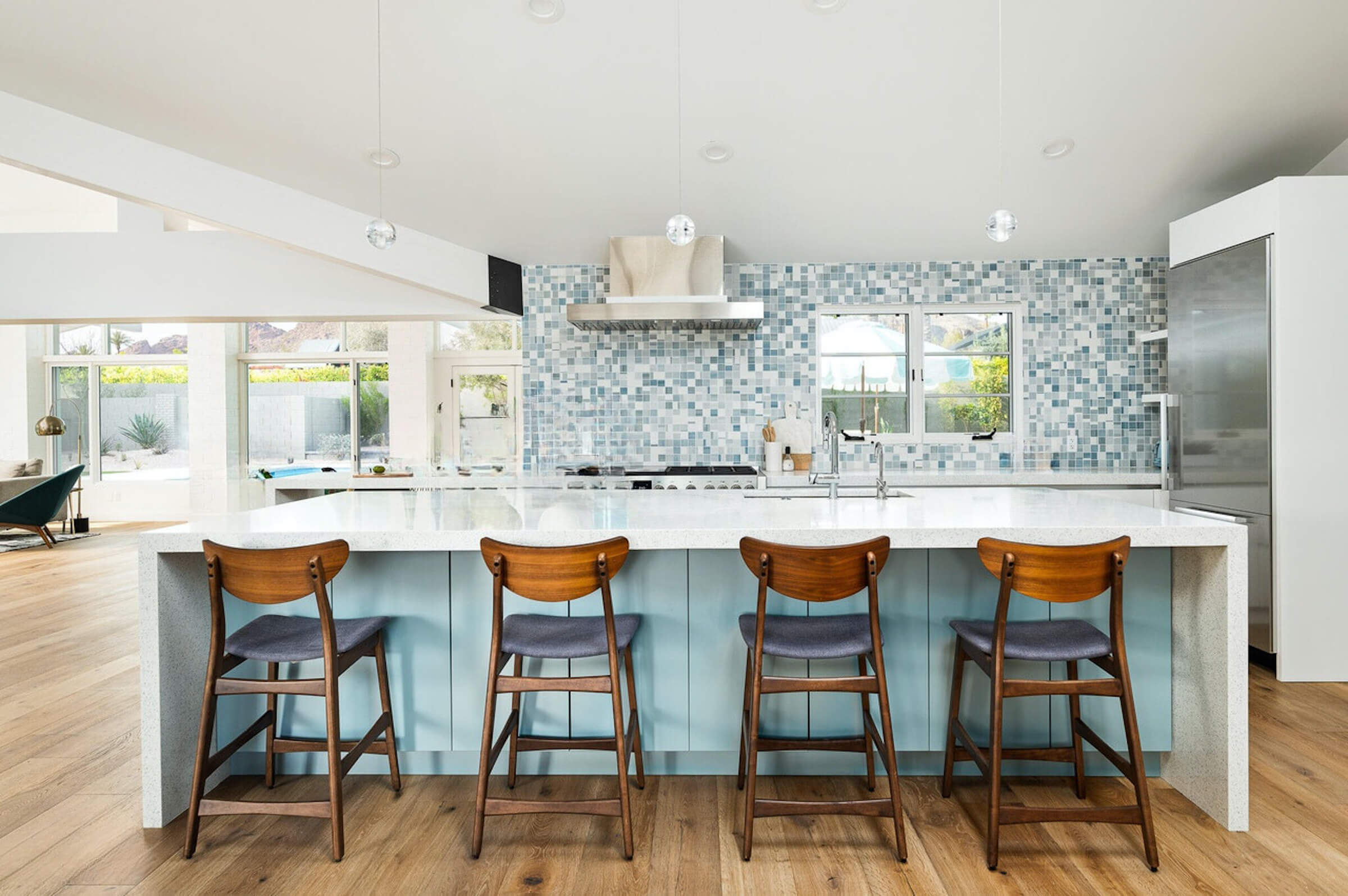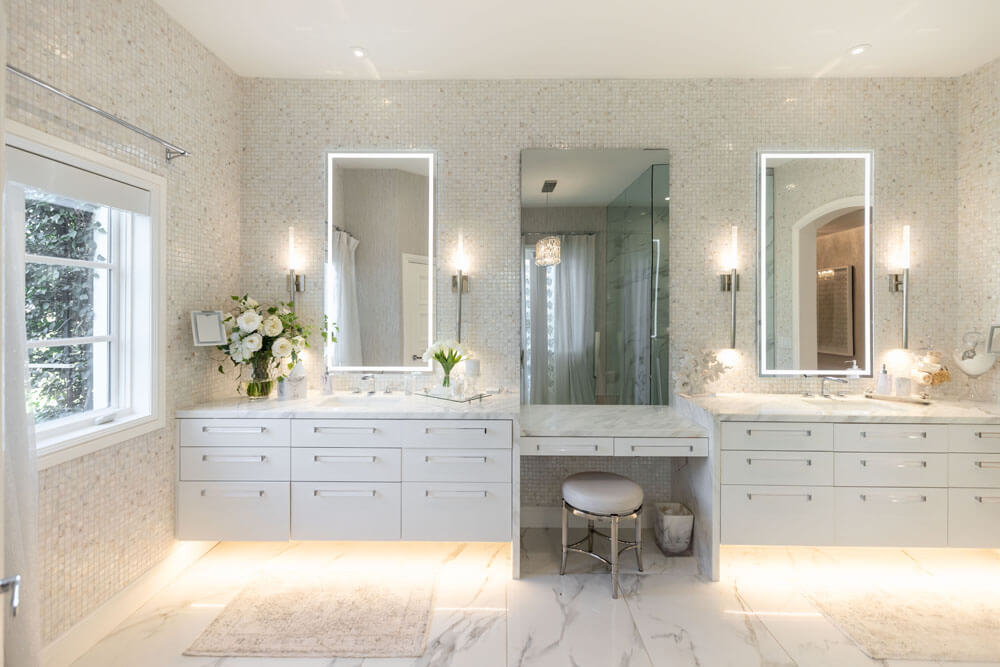The choice of a contractor affects the success of your endeavor in more than one way, including streamlining the process to eliminate unnecessary complexities. The design-build approach has been gaining popularity for its efficiency and effectiveness in recent years. And yet, common misconceptions might still be clouding your understanding of what Arizona design-build contractors can offer. Allow us to clarify these misunderstandings, providing a clearer picture of this method’s benefits and real-world applications.
The Key Advantage of Hiring a Design-Build Contractor
The design-build approach integrates design and construction services under one contract. That means your Arizona design-build contractor provides a single point of responsibility for the project.
In contrast, the traditional design-bid-build process divides responsibilities among different entities, often requiring more labor force, time, and resources allocated. Which brings us to the first myth to debunk:
Misconception 1: More Expensive Than Traditional Methods
Origin of the Misconception
This belief stems from the perception that hiring multiple specialized firms leads to more competitive pricing (achieved mainly through bidding). People often think that separating design and construction bids drives down costs due to competitive pressure.
Reality Check
Design-build can actually be more cost-effective because it eliminates the need for multiple bidding processes and reduces administrative overhead. Streamlined planning and execution lower overall expenses, which minimizes costly changes and delays.
Example
A residential developer in Arizona used a design-build firm for a series of townhomes and found that the project was completed 10% under budget compared to previous projects using traditional methods. The savings were largely due to the elimination of redundant roles and the early detection of design issues that were resolved before construction began.
Misconception 2: Less Creative Freedom
Origin of the Misconception
This myth comes from the idea that using a single team to handle both design and construction means prioritizing efficiency over creative design.
Reality Check
The real picture is quite different. Design-build teams include creative professionals incentivized to innovate within the streamlined framework. In other words, it’s not a single team doing two tasks at once. It’s about the direct, close collaboration between designers and builders that enhances creative processes, at the same time ensuring practical feasibility. That way, you can get a fully functional project quickly and without compromising aesthetic considerations.
Example
An Arizona design-build contractor was hired to create a unique boutique hotel. The integrated team’s close collaboration allowed for innovative uses of materials and custom design elements that a traditional contractor tended to avoid due to complexity. The result? A highly distinctive and successful property without breaking the budget.
Misconception 3: Design-Build Is Only Suitable for Certain Project Types
Origin of the Misconception
The success of design-build is most evident in large-scale commercial and infrastructure projects. Consequently, this fact has led to the assumption that the approach is not an option for smaller, private residential, or similar initiatives.
Reality Check
Design-build is highly adaptable and can be applied effectively across both small and large projects. You can hire an Arizona design-build contractor for customized solutions regardless if a small home renovation or a major commercial development.
Example
A small family-run restaurant in Scottsdale chose a design-build firm for a modest expansion. This project benefited from the same coordination and efficiency as larger schemes. The remodeling was also completed quickly, allowing the restaurant to capitalize on the peak tourist season.
Misconception 4: Longer Project Durations
Origin of the Misconception
If you are not very familiar with the project execution strategies, you might be under the impression that integrating the design and construction phases elongates the timeline. Many consider planning and execution necessarily sequential (rather than simultaneous) actions.
Reality Check
The design-build model typically reduces project durations because design and construction phases overlap, and decision-making is streamlined.
Example
A commercial developer used a design-build approach for a new retail complex. To their surprise, the project was completed two months earlier than similar projects done through traditional contracting. This efficiency was mainly due to the simultaneous progression of design details and site work.
Misconception 5: Limited Contractor Accountability
Origin of the Misconception
Some people are concerned that consolidating multiple roles into one firm makes it harder to pinpoint responsibility, particularly if something goes wrong.
Reality Check
On the contrary, design-build firms are more accountable than you think. As they handle the full scope of the project, a single point of responsibility simplifies communications and problem resolution.
Example
When an office building in downtown Phoenix encountered unexpected foundation issues, the design-build firm quickly adjusted plans. Without the back-and-forth blame game between separate design and construction teams and possible lengthy legal disputes, the contractor corrected the issue and returned the project on track in no time.
Misconception 6: Compromised Quality
Origin of the Misconception
We’ve noticed a widespread assumption about streamlining phases in the design-build process. Many think such an approach sacrifices thoroughness or attention to detail in favor of speed.
Reality Check
Contrary to this belief, design-build projects often yield higher-quality results due to consistency. The speed is the result, not a goal. Because the team works together closely throughout the project, the design and execution move straightforwardly from start to finish.
Example
An Arizona design-build firm was tasked with constructing a luxury condominium complex. Coordination between the teams ensured the application of high-quality materials and innovative design solutions. Immediate adjustments to design plans reduced delays, prevented cost overruns, and maintained aesthetic excellence throughout the project. As a result, the finished complex stood out in the market and attracted early buyers with top-tier craftsmanship.
Misconception 7: Limited Control for the Client
Origin of the Misconception
Some clients fear they will have less say in the project’s progression and outcome since the design-build firm handles everything from start to finish.
Reality Check
In design-build projects, clients are often more involved in the process than in traditional setups. The model facilitates better communication, allowing for regular updates and adjustments based on client feedback until their vision is fully realized.
Example
A healthcare clinic expanding its facilities in Arizona opted for a design-build approach. During the process, the clinic managers found their regular input crucial in shaping the design and construction phases. The clinic managers regularly participated in meetings and decision-making procedures, providing valuable industry-based insights that ensured the final design met their specific operational needs.
Misconception 8: Design-Build Firms Are Less Specialized
Origin of the Misconception
There’s an assumption that because design-build firms handle multiple project aspects simultaneously, they may not have the same depth of expertise as firms specializing in one area.
Reality Check
Design-build firms employ specialists in a variety of disciplines, from architects to engineers to builders. Every team comprises experts in their respective fields who all work collaboratively to optimize every project aspect.
Example
For a complex industrial facility in Arizona, a design-build contractor provided a team that included environmental engineers, structural specialists, and construction experts, all involved from the initial design phase. This collaborative environment led to innovative solutions that improved the facility’s sustainability and efficiency.
Misconception 9: Design-Build is a New or Unproven Approach
Origin of the Misconception
If you are accustomed to the traditional sequential construction processes, you probably view design-build as a relatively new and thus less-tested method.
Reality Check
Despite perceptions, design-build is neither new nor experimental. It has been used successfully for decades and has a proven track record across various industries, including public and private sectors.
The notion probably also stems from design-build’s “sudden” popularity, which is more recent than the method itself. To put it in numbers, design-build construction spending in the assessed segments and geographies has been yielding a compound annual growth rate (CAGR) expected to reach over $405 billion in 2026, when it will already represent up to 47% of construction spending (source: Design-Build Institute of America (DBIA) 2023 Report).
Example
A municipal government hired an Arizona design-build contractor to upgrade a central water treatment facility. The project benefited from the method’s long-standing practices combined with modern management, resulting in completion ahead of schedule.
Misconception 10: Design-Build Limits Options for Materials and Solutions
Origin of the Misconception
An established trust in a traditional setup—where multiple contractors and suppliers offer more varied options—led to the idea that a single firm may have preset preferences or limitations in the materials and solutions it uses.
Reality Check
Design-build firms typically maintain a wide network of suppliers, maintaining flexibility in material and solution choices to best meet project needs. Their integrated approach actually allows for more customized and creative material solutions compared to conventional competitors.
Example
A custom home project in the outskirts of Tucson was managed by a design-build firm that sourced unique, locally-made building materials. That way, they supported regional businesses while giving the home a distinct Southwestern character that the homeowner desired.
Wrapping Up
Despite beliefs, the design-build is an established procedure rooted in tried-and-tested conventional methods but structured for the 21st century. It does provide many benefits, from cost-effectiveness to superior quality control. If you’re considering transforming your space and enhancing your lifestyle, hire an experienced Arizona design-build contractor such as Woodcrest. We are dedicated to providing a reliable and holistic approach tailored to your needs.
Schedule a consultation and discover the difference firsthand.




